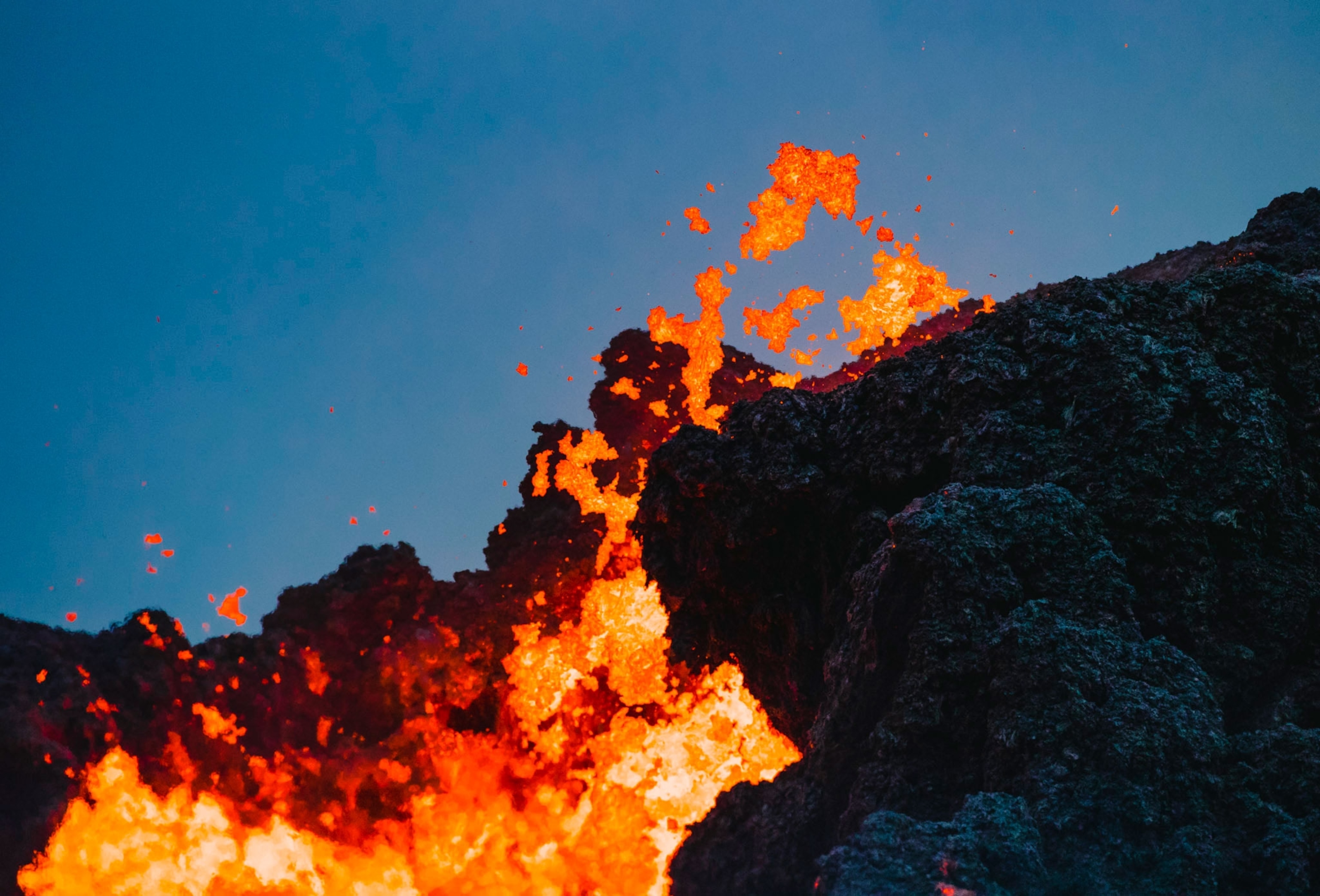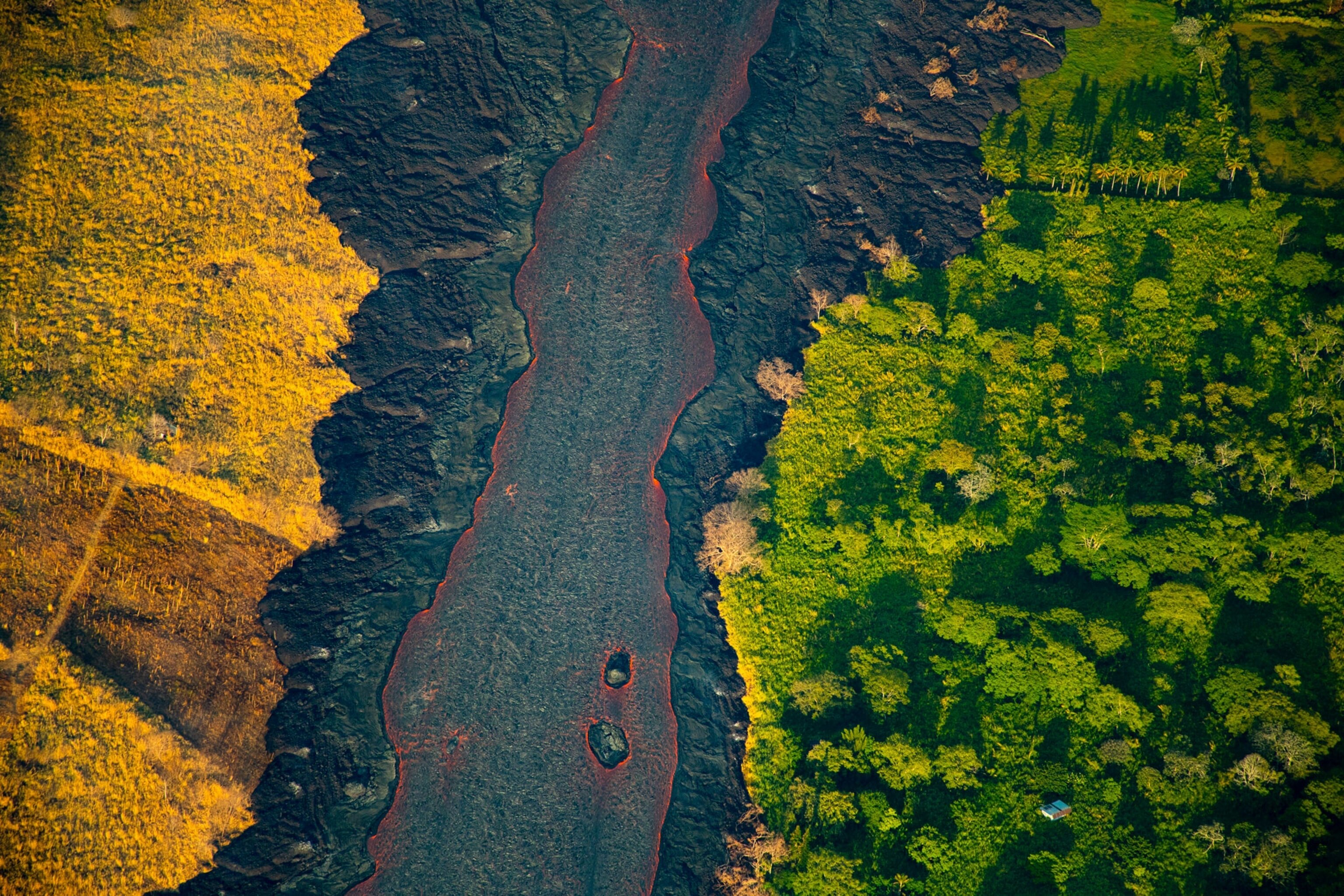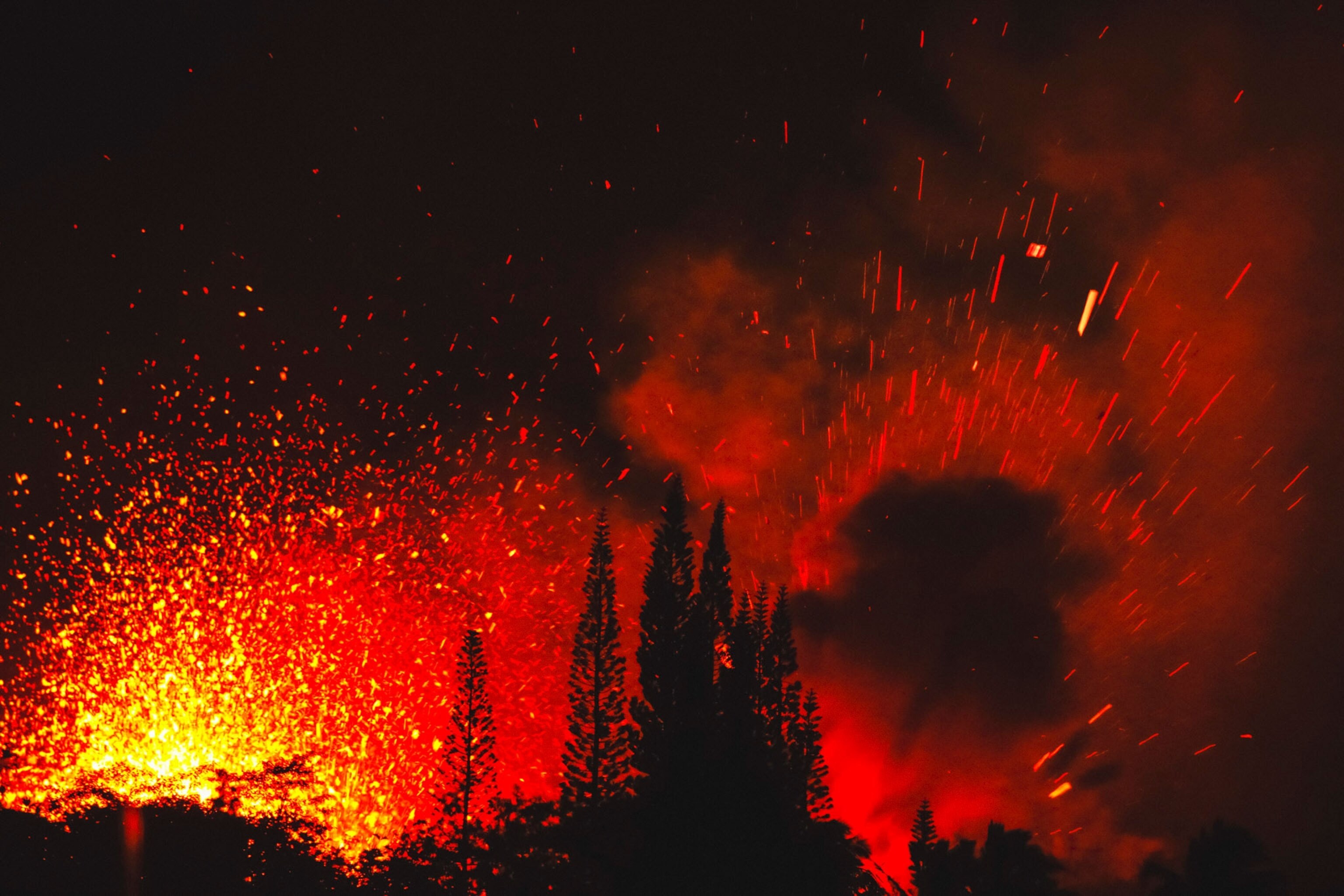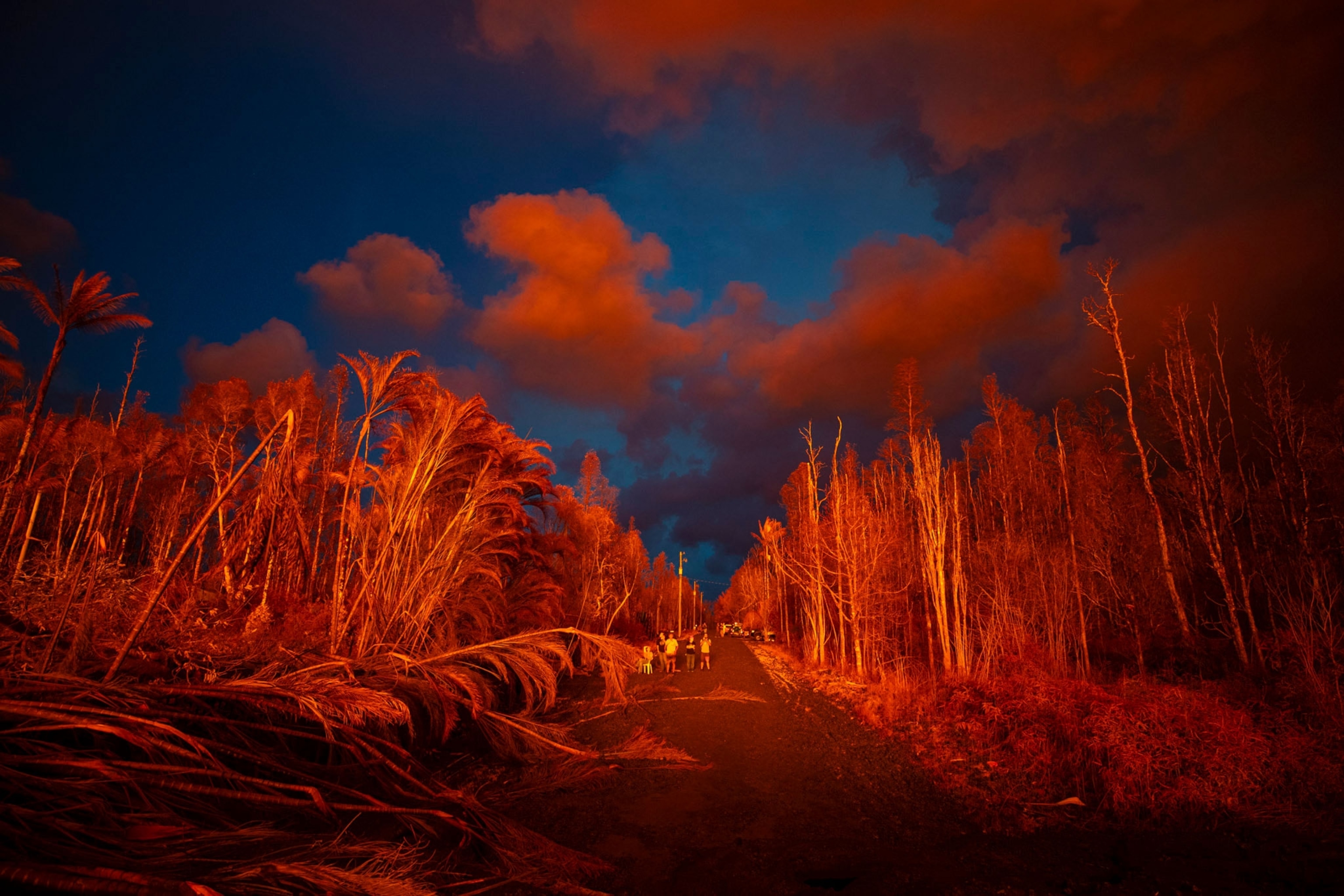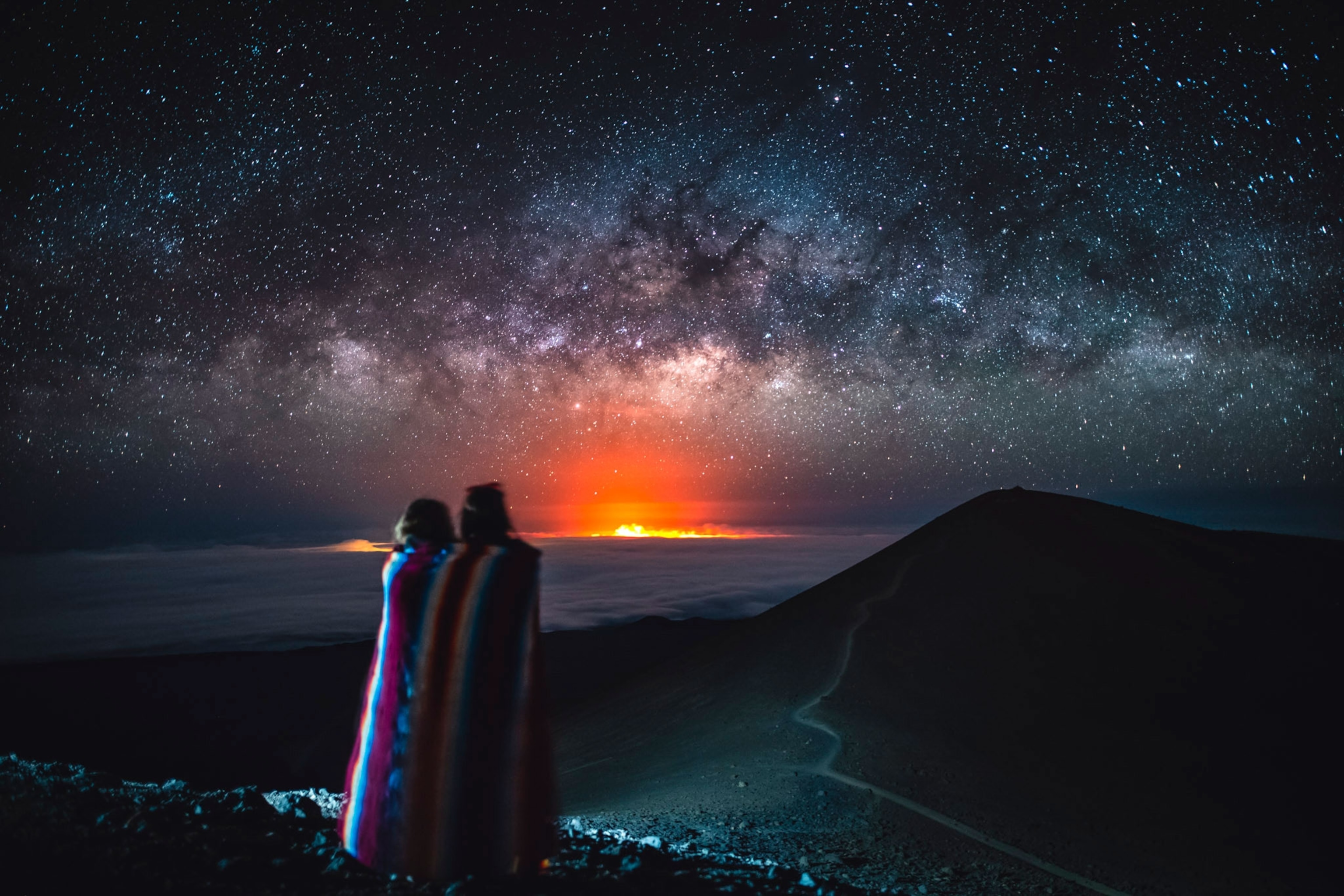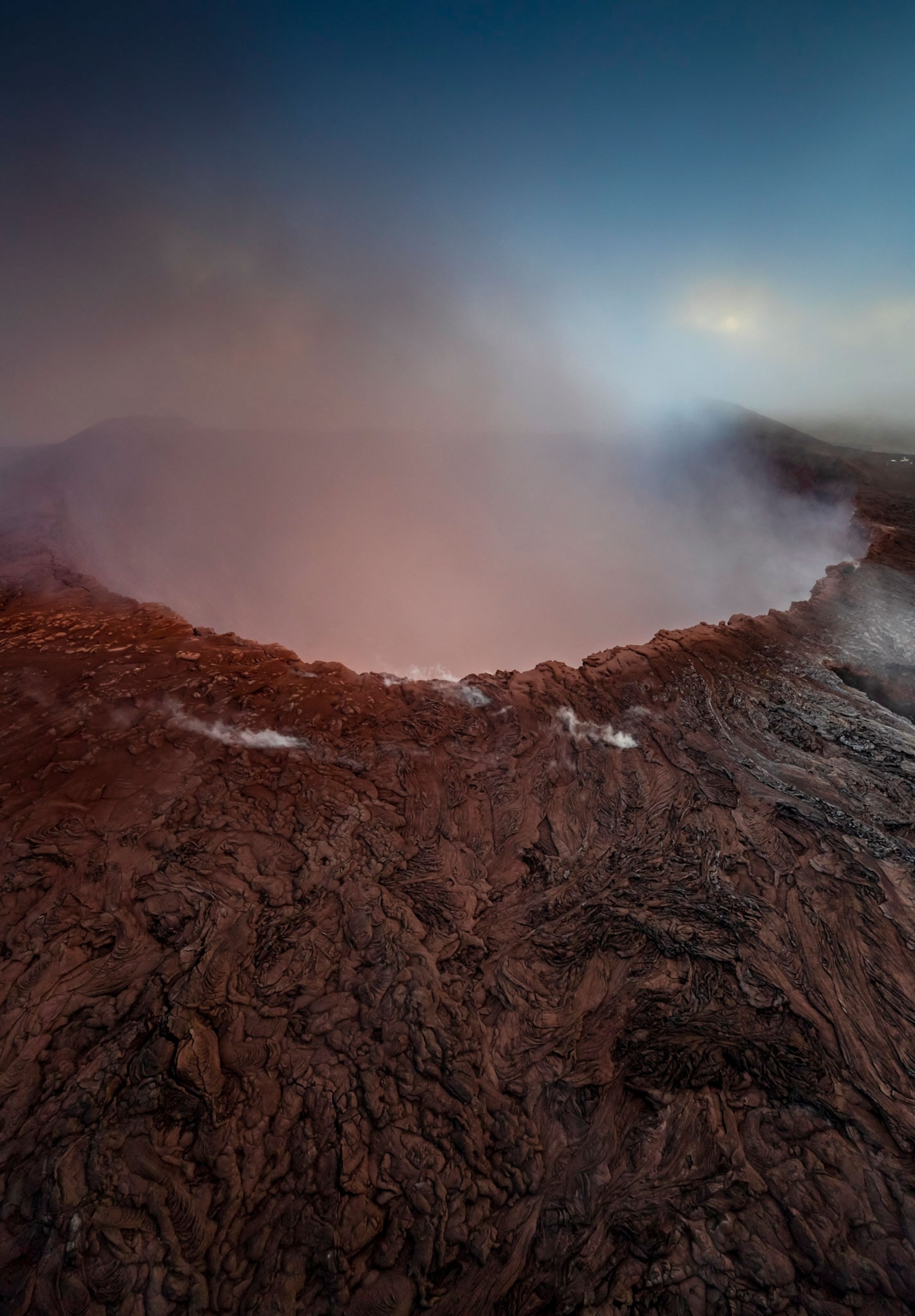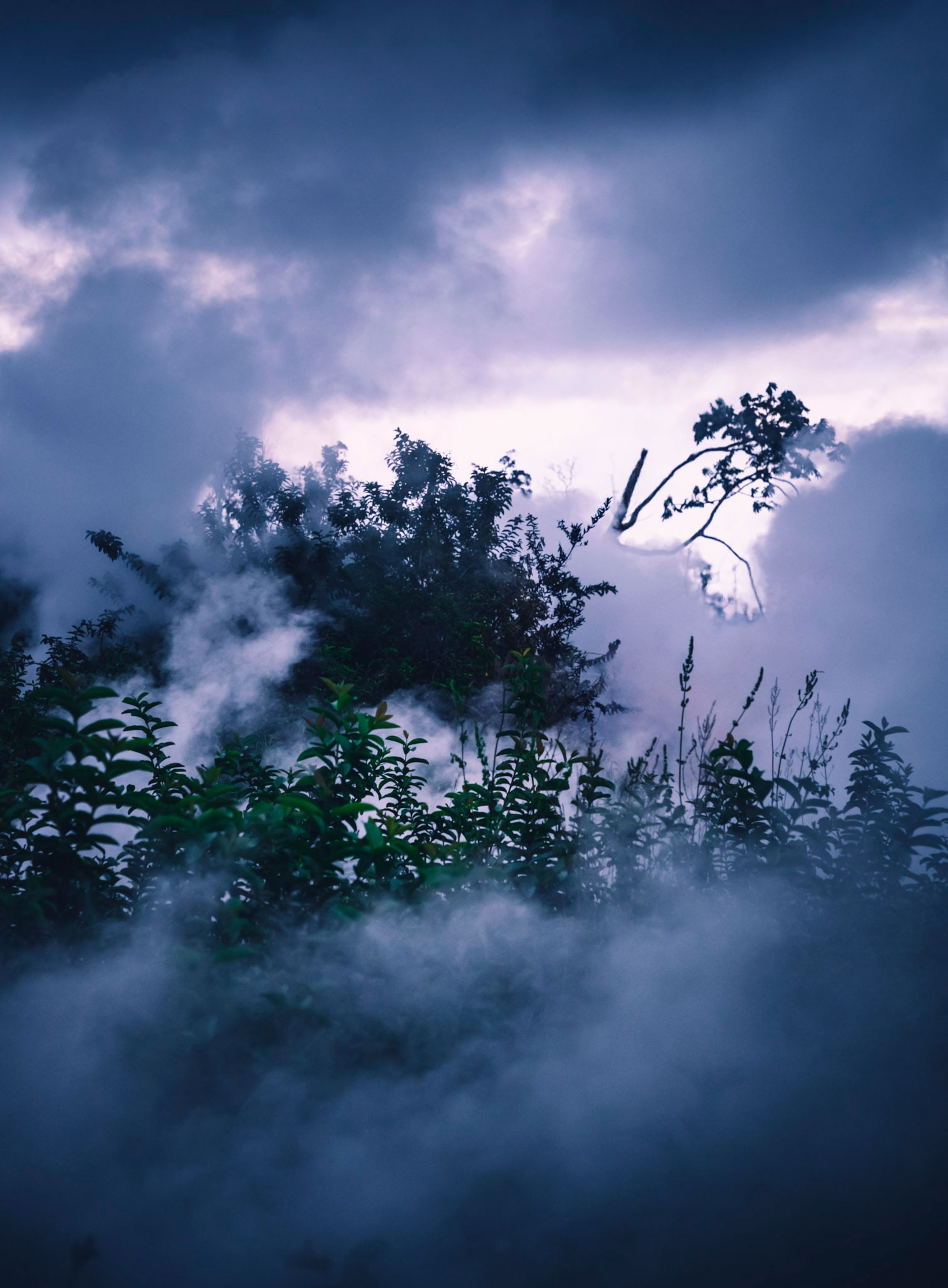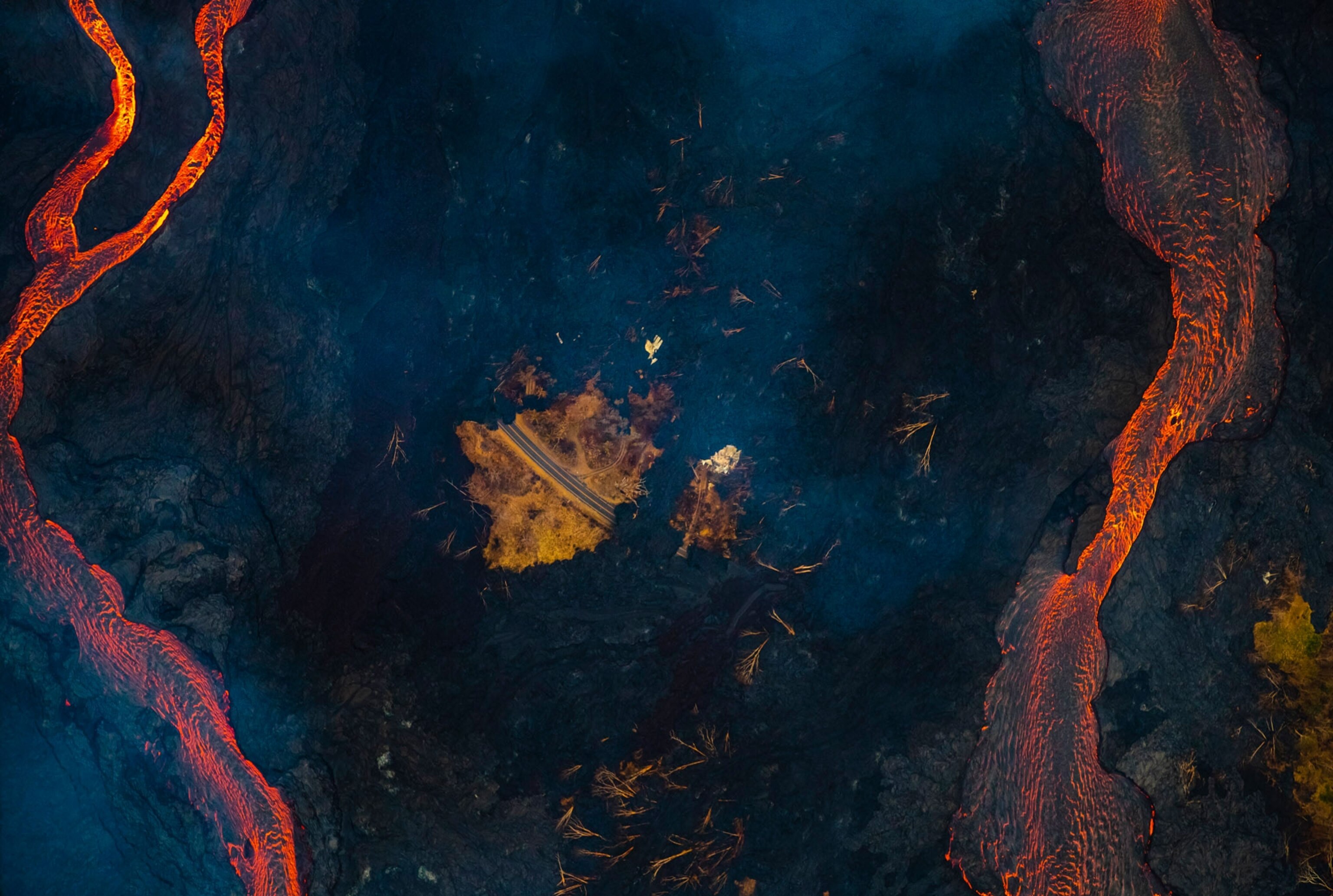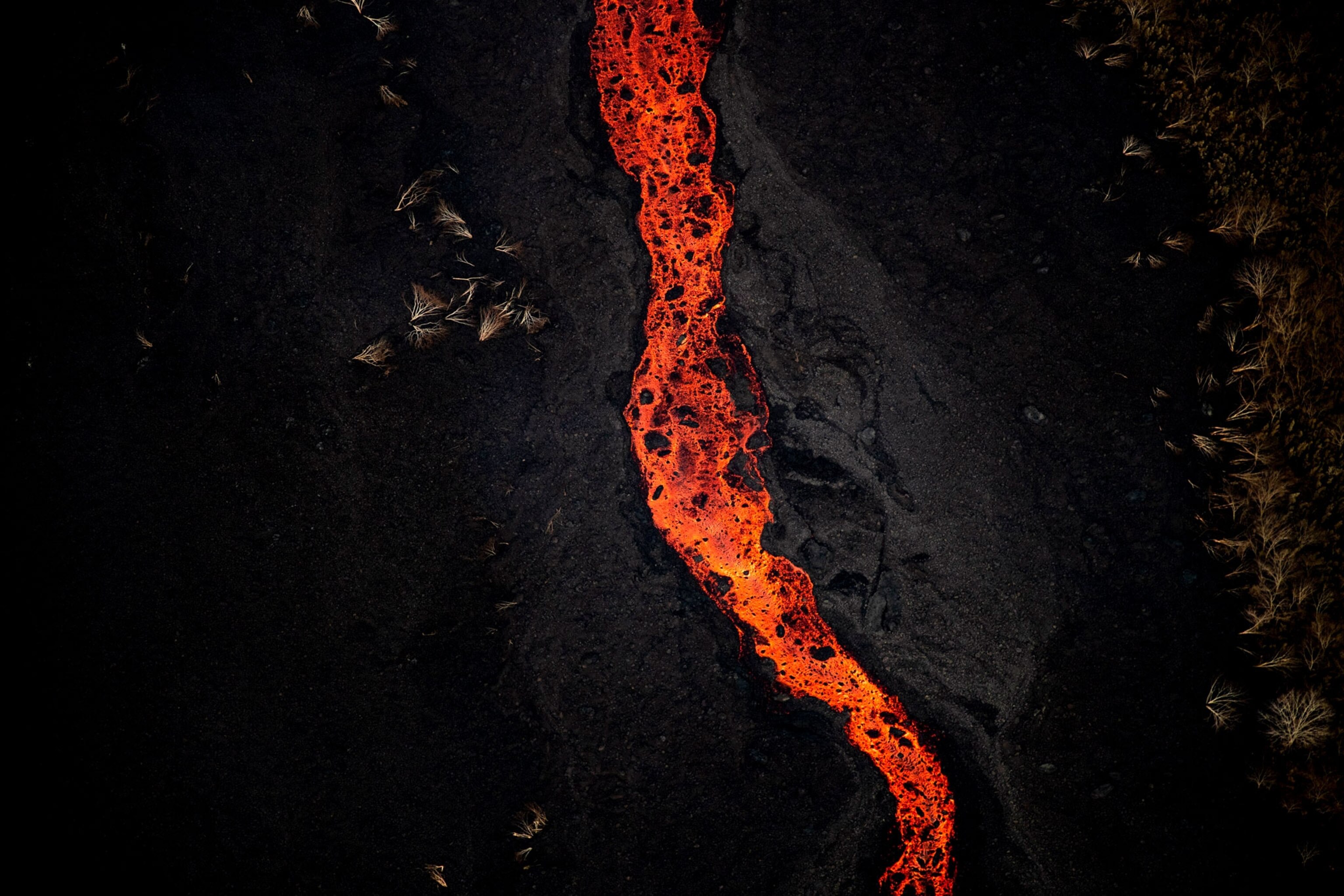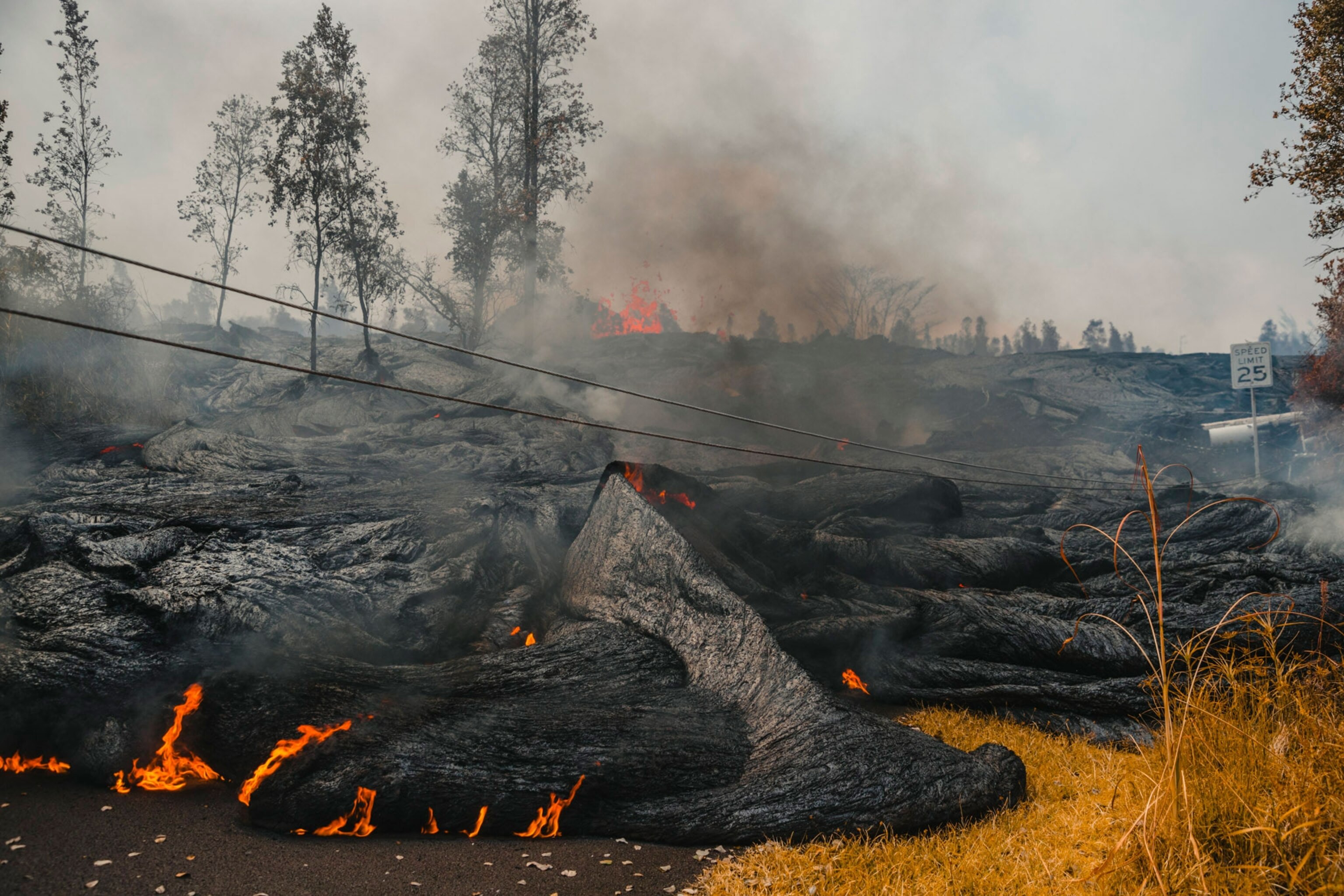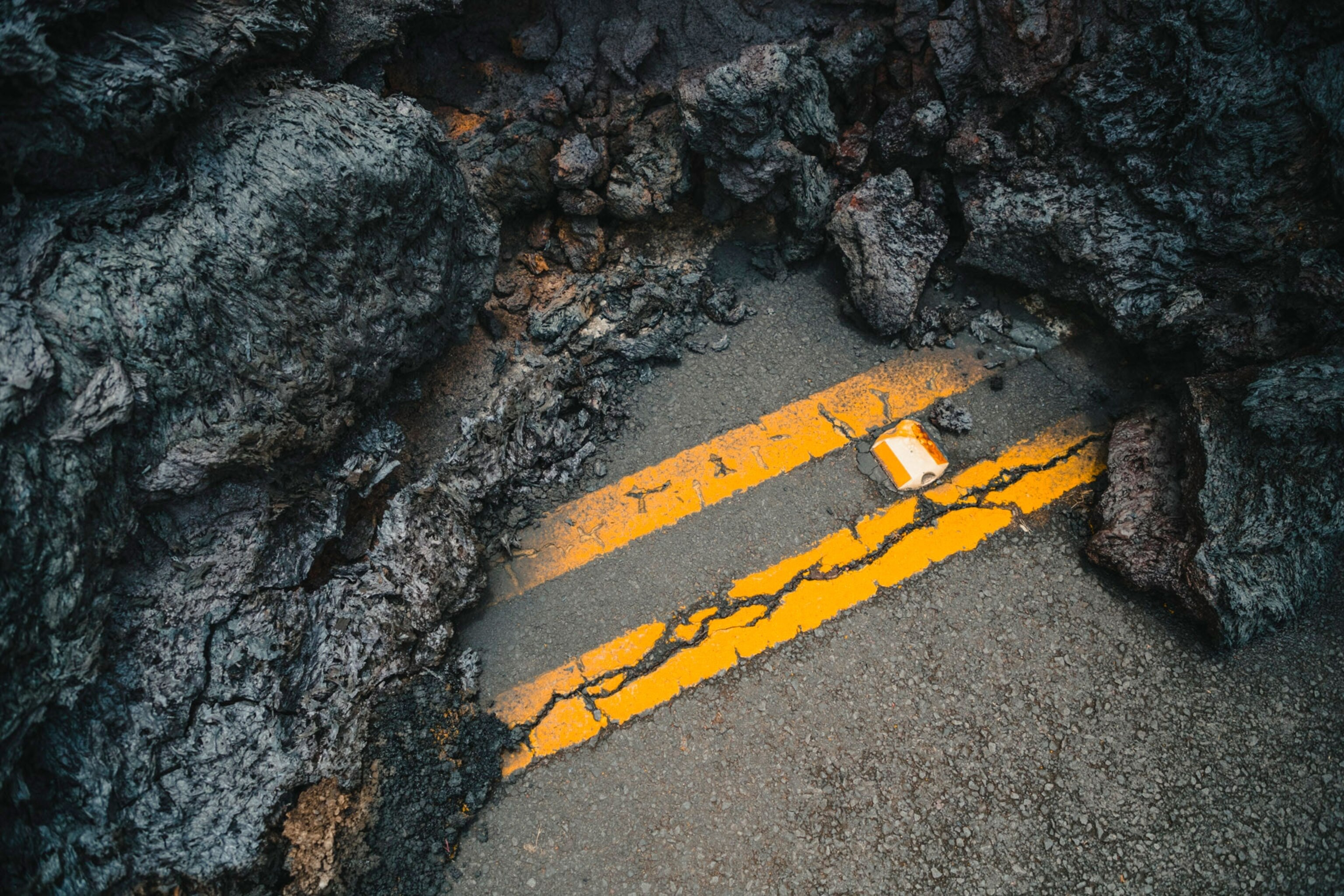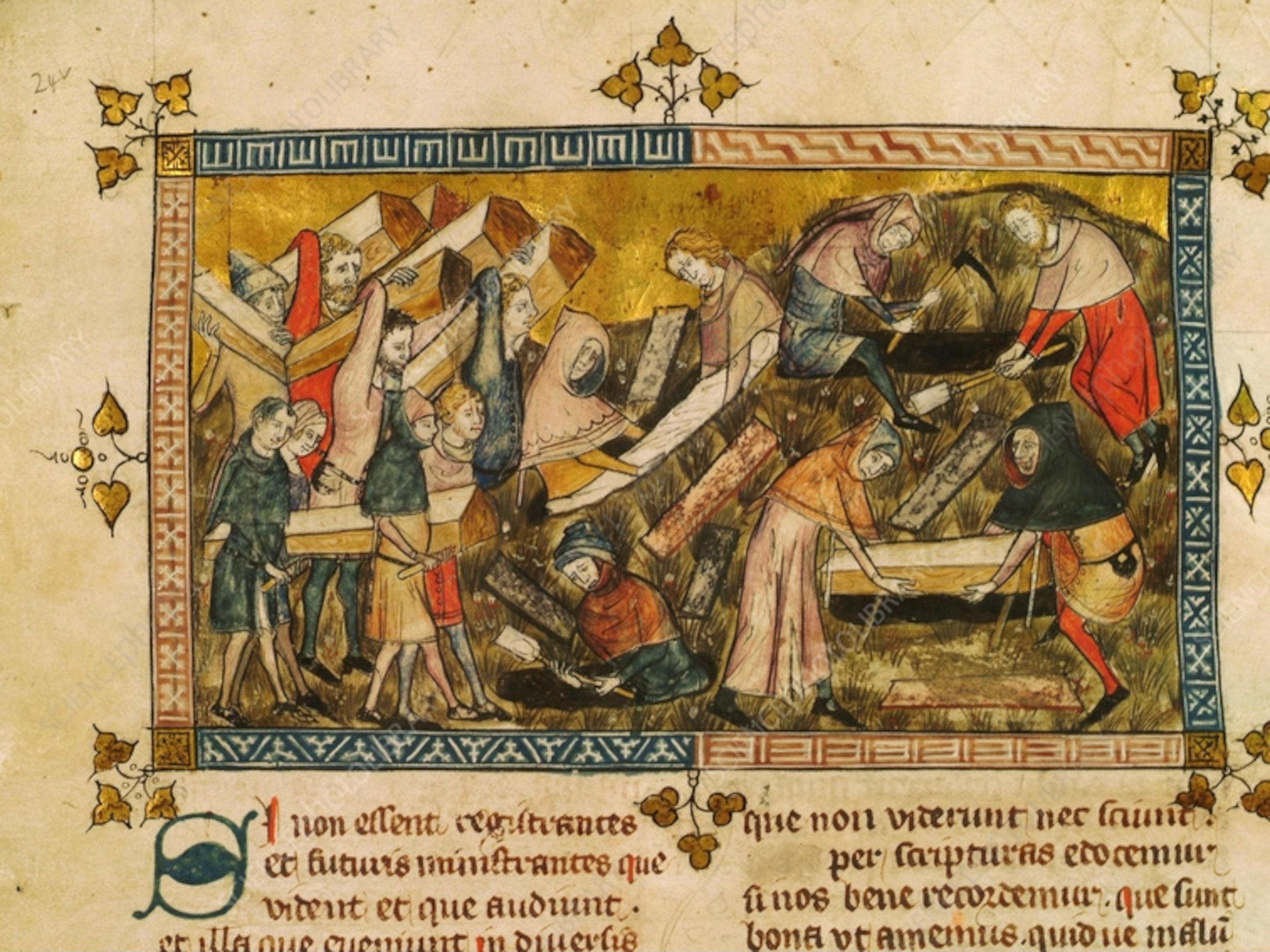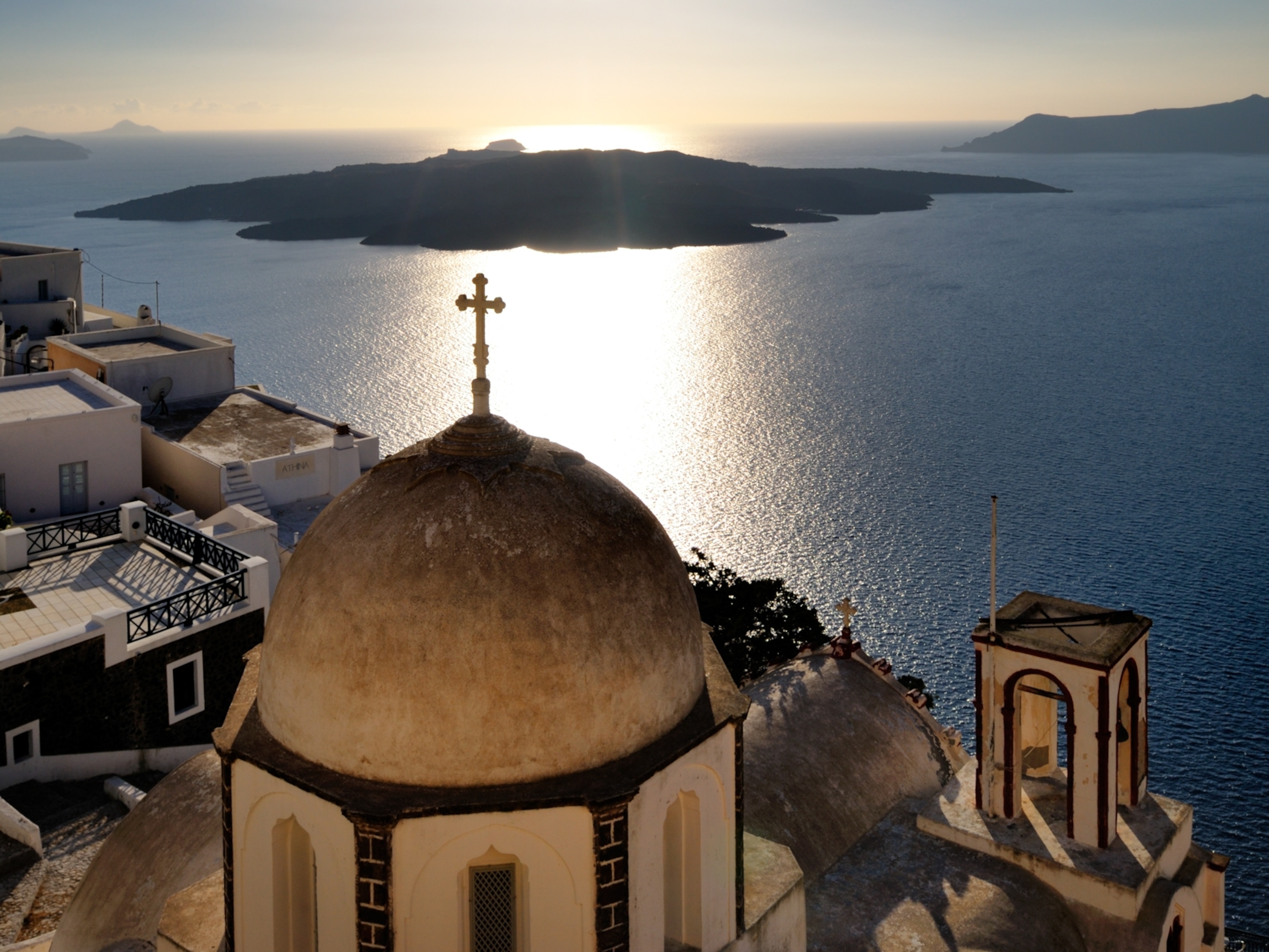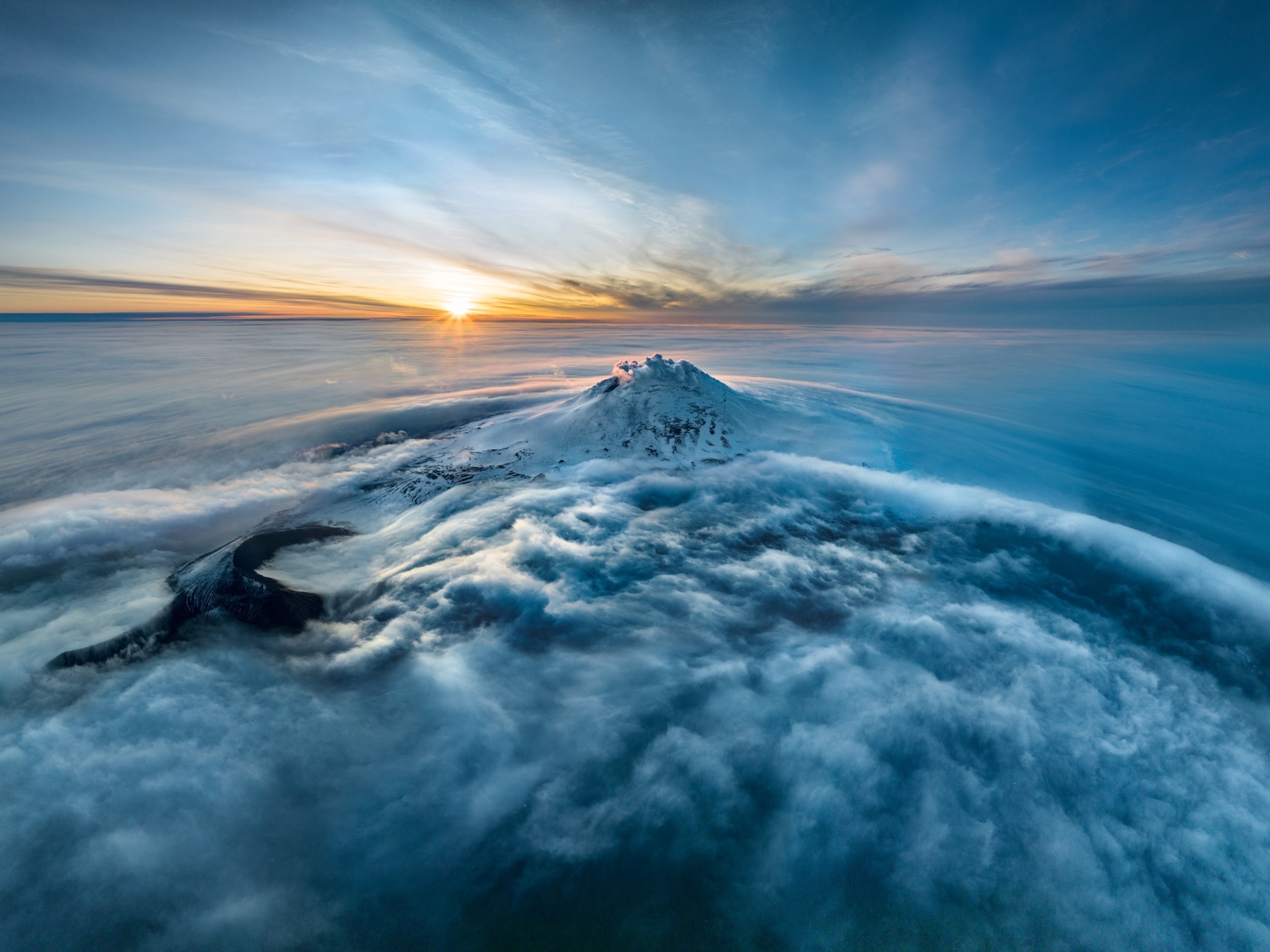See How the Kilauea Eruption Is–Literally–Reshaping Hawaii
A tiny new island appeared for a brief moment in time.
Last week, the ongoing Kilauea eruption spawned a tiny addition to the Hawaiian island chain. A little baby islet, only about 20 or 30 feet from edge to edge, popped up off the coast of the Big Island—seemingly ready to strike out on its own adventure in the wide blue Pacific.
But the islet didn’t last long. Only a few days later, a fresh pump of lava filled in a track between the coast and the baby isle, turning it into isthmus instead.
The island’s brief existence is only the latest entry in a serial drama: the millions-year-long origin story of the Hawaiian islands. Here’s how the island chain grew—and how this current eruption is shaping the topography of Hawaii, the youngest and biggest island in the chain.
It Comes From the Deep
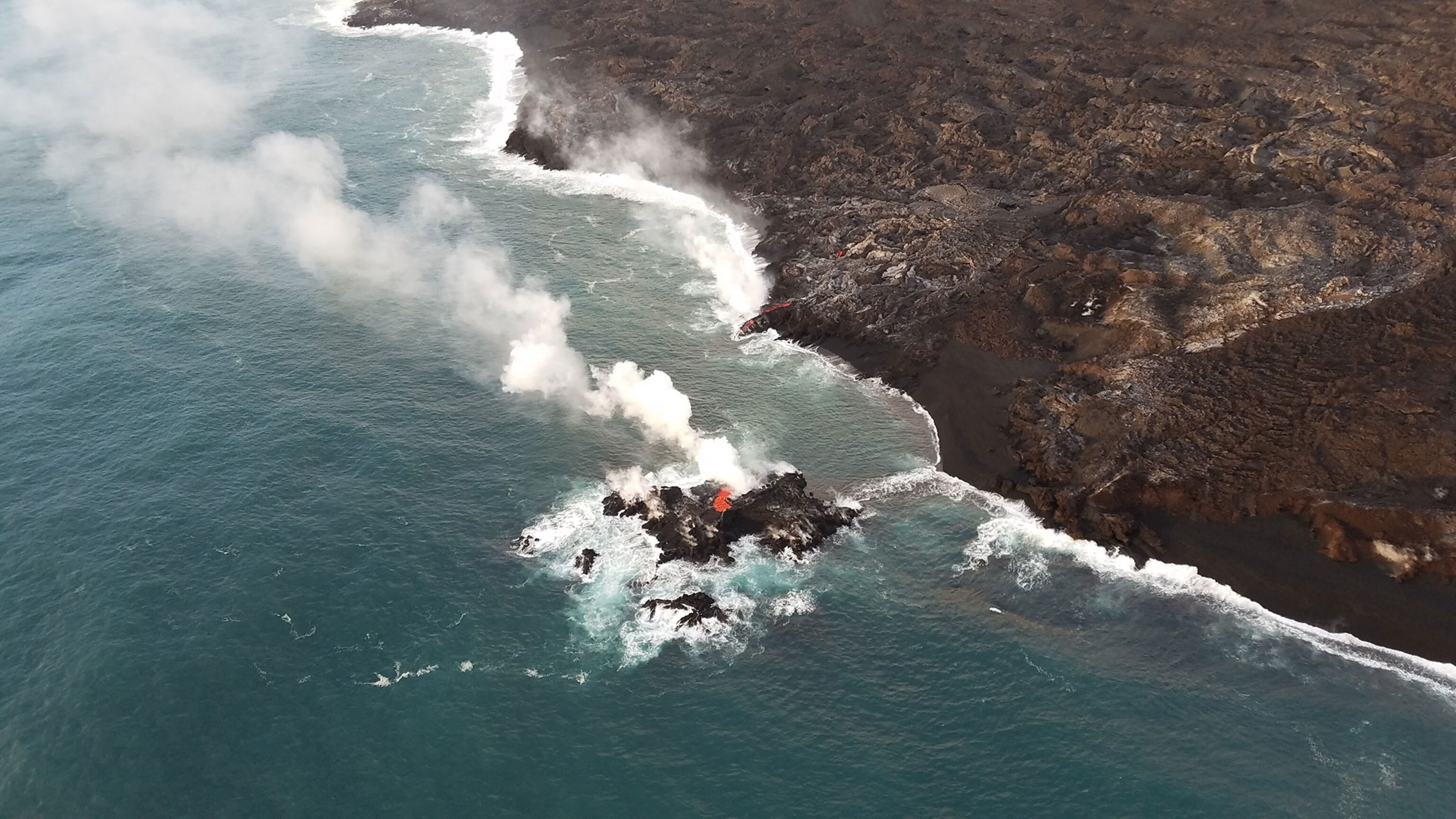
The first glimmer of the very first Hawaiian island poked up out of the ocean floor over 60 million years ago. A fountain of hot melted rock—magma—from deep in the mantle, streamed upward until lava bubbled up into the sea. The new mound of hot rock kept growing a few inches taller each year until, after 50,000 or 100,000 years, it breached the surface of the Pacific Ocean. Et voilà, an island was born.
The magma comes from a “hot spot” deep in Earth’s mantle. The hot spot seems to be fixed in place, percolating like a constantly boiling kettle that provides a steady supply of magma coursing upward toward Earth’s surface.
But the tectonic plate that sits on top of the mantle drifts slowly on geologic timescales—currently, it’s moving a few inches northwest every year. As it drifts, it drags the islands far enough away that they’re cut off from the magma source below. At that point, the volcanoes on those islands go extinct.
The older islands of Hawaii—like Kauai and Ni’ihau—used to sit where Kilauea is today about five million years ago. The oldest islands in the long archipelago (at least, the ones that are still above the water’s surface), about 3,000 miles to the northwest, were born about 60 million years ago.
The Big Island Gets Bigger
The island of Hawaii is the youngest in the Hawaiian chain—at least, of those above the waves. Lo’ihi, an island-in-progress growing off the southern shore of the Big Island, is currently underwater and should emerge in about ten thousand years.
The Big Island was built by five different volcanoes. Two of those volcanoes have shifted far enough from the magma source that they’ve gone extinct, leaving three that are currently active: Mauna Loa, which last erupted in 1984; Hualalai, which last erupted in 1801; and the current center of attention, Kilauea.
Kilauea has been erupting nearly constantly since 1983, sometimes explosively, shooting clouds of ash and lava high into the atmosphere, and sometimes effusively, flowing like liquid rock soup. So much magma has spilled out of the different seams along its flanks that almost everything visible on the surface is younger than a thousand years, a snap of the fingers in geologic time.
But the eruption that started in May is “unprecedented in modern times,” Tina Neal, the scientist in charge of the Hawaii Volcano Observatory, told Hawaii News Now.
The lava started flowing in the middle of a housing development called Leilani Estates, in the Hawaiian ahupua’a (a traditional land division) of Keahialaka. Andrew Hara, a photographer from the island, was on his way to the development when he heard crackling and smelled hot, potent gas—so he started shooting photos.
Related: Kilauea Volcano Videos

Related: Kilauea Volcano Videos
- Now Playing
- 02:29
- 01:23
- 01:08
- 01:10
Over the following months, Hara took pictures of the volcano as it cycled through its many moods, documenting the effect of its eruption on the community as well as the physical changes to the island itself.
Now, nearly three months later, the volcano shows no signs of slowing down.
Recently, the whole eruption has been pumping out up to 50 to 100 cubic meters of new lava per second—enough to fill a shipping container in under a single second, says Janet Babb, a geologist at the USGS Hawaii Volcano Observatory.
“At some places, it’s going 25, 30 miles an hour,” Hara says. “You couldn’t drive a car fast enough to get away from it.” And when the lava river hits the sea, it steams and fizzes, sometimes producing explosions that shoot lava bombs hundreds of feet into the air.
“Seawater flashes to steam upon contact with 2,000-degree lava,” explains Babb.
Contact with water also cools the lava, allowing it to settle into new rocky structures—like the baby isthmus, neè islet. Within a few weeks, that whole complex could be swallowed up by new lava, folding it into the inexorable expansion of Hawaii’s shores.
